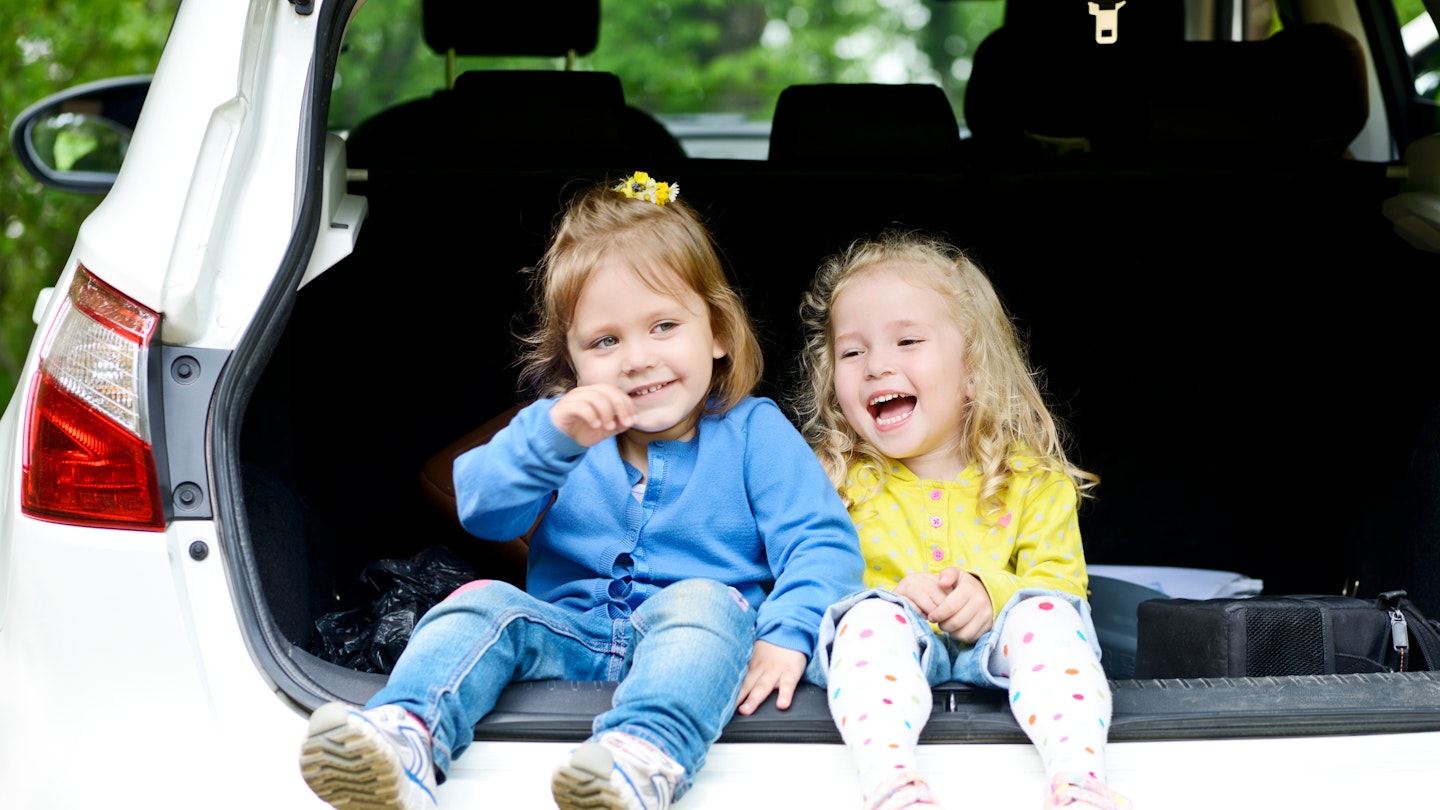If your family is growing and you need a new car to cope, there’s a huge amount to choose from.
So how do you go about picking the right car for your family?
Scores on the doors
Take a good look at the rear doors. They’re very important features if you want to fit a child seat or get your little ones strapped in when you’ve got an armful of shopping.
A number of the best family cars boast rear doors which open very wide indeed – in some cases close to perpendicular to the car – to make loading easier.
Bring a child seat with you when you test drive a car for the real acid test on whether it’ll meet your requirements.
Better still: bring the kids too.
Ford has a clever optional feature called Door Edge Protectors, which pop out when the door opens to prevent damaging your paint or other cars when the door is pushed open a little too enthusiastically.
Sitting comfortably
While the seats themselves might be big enough for your car seats, what else might you need? Are there enough cup-holders or cubbies? Are there flimsy looking fixtures and fittings which are likely to be snapped off?
Do the rear seats have ISOFIX points installed? If so, which seats? Most cars have them on the outer two rear seats, but it’s worth confirming exactly where they are.
Many family cars have sliding rear seats too, which allows you to vary rear seat space and boot space as required.
Also consider the visibility of your children. Kids, as you know, are naturally inquisitive and like to explore their surroundings. So it’s worth finding a family car where the rear passengers are sat fairly high, giving them a great view of the world whizzing by.
Seating seven
Adding another row of seats to a large family car means a total of seven people can be transported, but make sure you’re familiar with how they work.
Not only could the system for folding them down be complex, but access to the seats once they’re up might be difficult, thanks to poor door opening or seats getting in the way.
Make sure it’s a realistic proposition for your family.
Many cars will have sliding or reclining seats to maximise the use of the final row by creating slightly more room. If you're going to use the rear-most seats regularly, this might appeal.
Boot sizes and shapes
You’re going to want to transport a lot of stuff in the boot of your family car. Be it the weekly shop, a couple of buggies or a year’s supply of nappies, ensure you’ve got the room you’ll need.
Make sure the loading lip isn’t too high to life things over, and the boot opening a practical shape for larger objects.
In terms of size, each manufacturer quotes a size in litres.
Safety first
You’re buying a family car, so safety is top of your list. Make sure any car you look at has a favourable safety rating from our friends at Parkers.
While a five-star EuroNCAP crash test rating is a good start, these days there’s far more to it than that. There are many safety systems which aren’t covered at all by such tests, and it’s entirely possible to have a four-star car which performs better in some aspects than most five-star cars.
The driving test
A family car should be pretty easy to park, or you’ll end up with so many dents and dings it’ll become difficult to sell afterwards.
Make sure the driving position is high enough to see all around the car, and the controls are simple to operate.
You may want to consider a car with parking sensors too – they’re a relatively cheap option these days and standard on many cars – or even an automatic parking system, which will steer the car into a space for you.
It should be comfortable too, but not just in the front. Some cars are harder-sprung at the rear in order to carry more weight, so it might be worth trying out the back seats while the salesperson drives for a few minutes just to make sure your little ones are as comfy as you are.
There are certain models which are set up very much with families in mind, and some even have mirrors which allow you to see what’s happening in the back as you drive.
Should I buy petrol or diesel?
It’s often thought that diesel cars are cheaper to run than petrol, but this isn’t always the case.
Petrol will work out cheaper to run and cheaper to buy if you’re only doing short journeys or not covering over around 12,000 miles per year.
Should I consider a hybrid?
Some of the plug-in solutions like the Mitsubishi Outlander PHEV can offer incredibly low day-to-day costs. Just make sure you can have a charge point installed at your home to make the best of it.
Remember, to find out what a particular car can offer the family, check out the full Parkers review.
